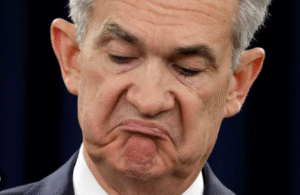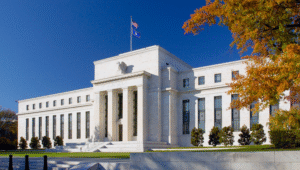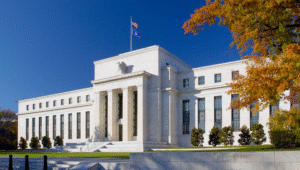$SPY $DJI #Inflation #PCE #FederalReserve #InterestRates #MarketTrends #FinanceNews #Investing #Econ101 #FedWatch #CNBC
Will Friday’s U.S. Inflation Report Prove the Rate Cut Was Wise? Here’s What to Expect!
In the world of finance, particularly when following cnbc news, investors are keenly awaiting the upcoming Personal Consumption Expenditures (PCE) report set for release this Friday. This pivotal report could significantly influence the market’s perception of the Federal Reserve’s recent decision to implement a quarter-point interest rate cut. If the PCE figures exceed expectations, it could prompt concerns that the Fed acted too hastily, potentially igniting volatility across various sectors.
The PCE report is the Fed’s preferred measure of inflation, offering insights into consumer spending and price trends. Investors and analysts will scrutinize the data closely to gauge the health of the economy and the appropriateness of the Fed’s monetary policy. A higher-than-anticipated PCE reading might lead to heightened anxiety about inflationary pressures, casting doubt on the Fed’s decision to lower rates. Consequently, this could influence future Fed meetings and interest rate decisions.
The sentiment in the market currently reflects cautious optimism following last week’s cut. Many investors hope that the Fed’s action will stimulate economic growth and consumer spending. However, if inflation continues to rise, the central bank may need to reassess its strategy, possibly reversing course on rate cuts sooner than expected. The delicate balance between fostering growth and controlling inflation is a challenge that the Fed consistently faces.
Moreover, this situation is compounded by global economic uncertainties, including geopolitical tensions and supply chain issues. If these factors persist or worsen, they could contribute to inflationary pressures that would further complicate the Fed’s decision-making process. Investors should remain vigilant, as even a slight deviation from expected PCE numbers can lead to significant market reactions.
In addition, analysts will also consider how consumer sentiment plays into the PCE report. A decline in consumer confidence could signal reduced spending, leading to lower inflation figures. Conversely, strong consumer spending typically results in higher inflation rates. Therefore, understanding the nuances of consumer behavior will be crucial in interpreting the PCE results.
As we await the report, market participants should analyze not just the numbers but also the broader implications on monetary policy and investment strategies. For those interested in stock market dynamics, you can explore more insights here.
In conclusion, the upcoming PCE report will not only shed light on current inflation trends but also serve as a barometer for the Fed’s recent actions. Investors are advised to stay informed and ready to adjust their strategies based on the report’s outcomes. For additional resources regarding market trends and insights, consider visiting this link. As the economic landscape evolves, staying ahead of the curve will be essential for effective investing.











Comments are closed.